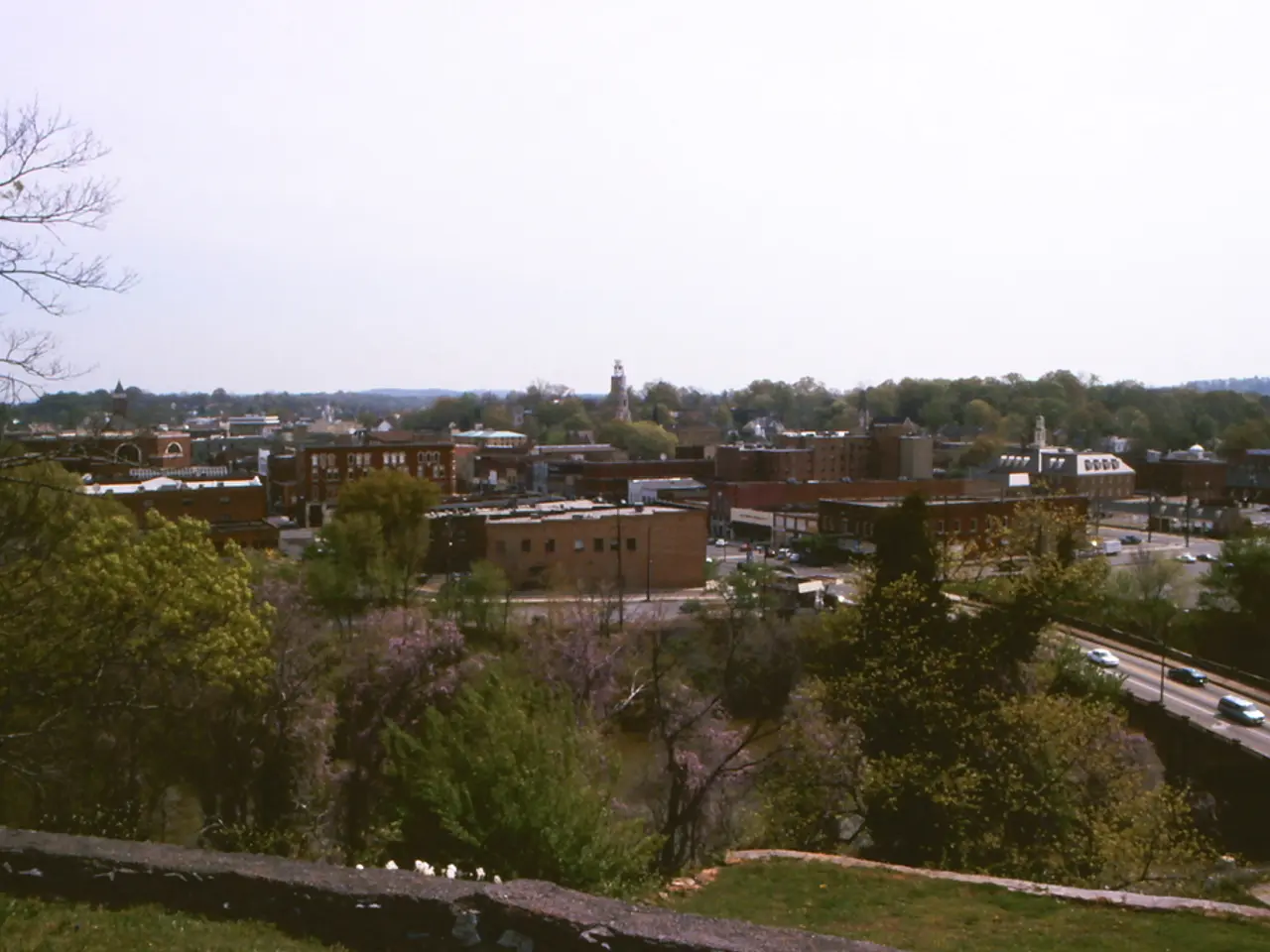City plans to set up 280 new tree saplings
Darmstadt, a city in Germany, is taking significant steps to improve its urban environment and climate conditions. The city has announced a tree-planting initiative aimed at making Darmstadt greener, more livable, and more resilient.
According to Michael Kolmer, head of the environmental and green space department in Darmstadt and a member of the B90/Greens party, city trees are indispensable. They filter the air, provide shade, and offer habitat for various animals, making them essential, particularly in highly sealed areas.
The new trees will be planted in parks, along streets, and on public plazas across the city. The city plans to plant nearly 280 new trees by the end of February.
The estimated cost for the entire lifecycle of a new tree, including the felling of an old tree, planting, irrigation for the first five years, is around 5,000 euros per tree. Citizens can participate in the tree-planting action by donating a tree for 400 euros.
Last summer, the city of Darmstadt updated its climate analysis map using a drone equipped with a heat camera. The updated climate analysis map was created by flying several locations in Darmstadt with a special drone. The results of the updated climate analysis map were made available to the public at the end of November.
The goal of the tree-planting initiative is to reap the multiple benefits that trees deliver in an urban environment. These benefits include improving air quality by filtering pollutants and particulates, providing shade which reduces urban heat islands and energy use for cooling, supporting biodiversity by serving as habitats for animals, and contributing to overall urban resilience and livability by enhancing aesthetic and recreational values.
While exact Darmstadt-specific cost-benefit data is lacking, general urban forestry research supports that planting trees provides significant net benefits in air filtration, shading, habitat provision, and urban resilience. The economic benefits often include reduced healthcare costs from improved air quality, energy savings from cooling, increased property values, and avoided expenses from climate adaptation measures. Social and ecological benefits also translate into intangible but valuable outcomes like enhanced mental health and community well-being.
For a precise cost-benefit analysis in Darmstadt, factors such as local tree species, climate, urban layout, pollution levels, and municipal costs must be considered. Studies in similar German cities show that the investment in urban forestry is cost-effective and vital for sustainable urban development.
More information about the tree-planting initiative can be found on the city's website (https://www.darmstadt.de/).
- To further encourage sustainable living, the city of Darmstadt invites its citizens to donate towards the planting of new trees, contributing to the environmental-science initiative that aims to enhance the city's climate-change resilience.
- In line with promoting a greener lifestyle, home-and-garden space in Darmstadt is not restricted to private properties; the city also plans to integrate trees into public plazas, parks, and alongside streets, fostering a more sustainable urban environment.
- As the city of Darmstadt works on advancing its climate-change strategy, it considers environmental-science findings that highlight the role other plants, such as trees, play in filtering the air, reducing urban heat islands, and supporting biodiversity in an urban setting – integral aspects of improving the city's livability and overall quality of life.




